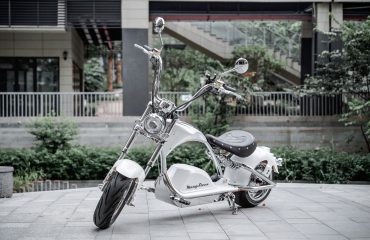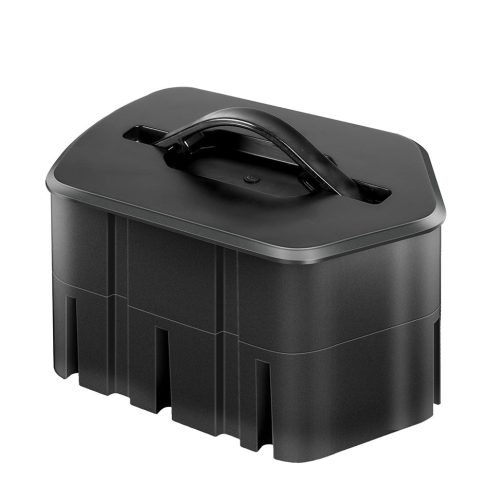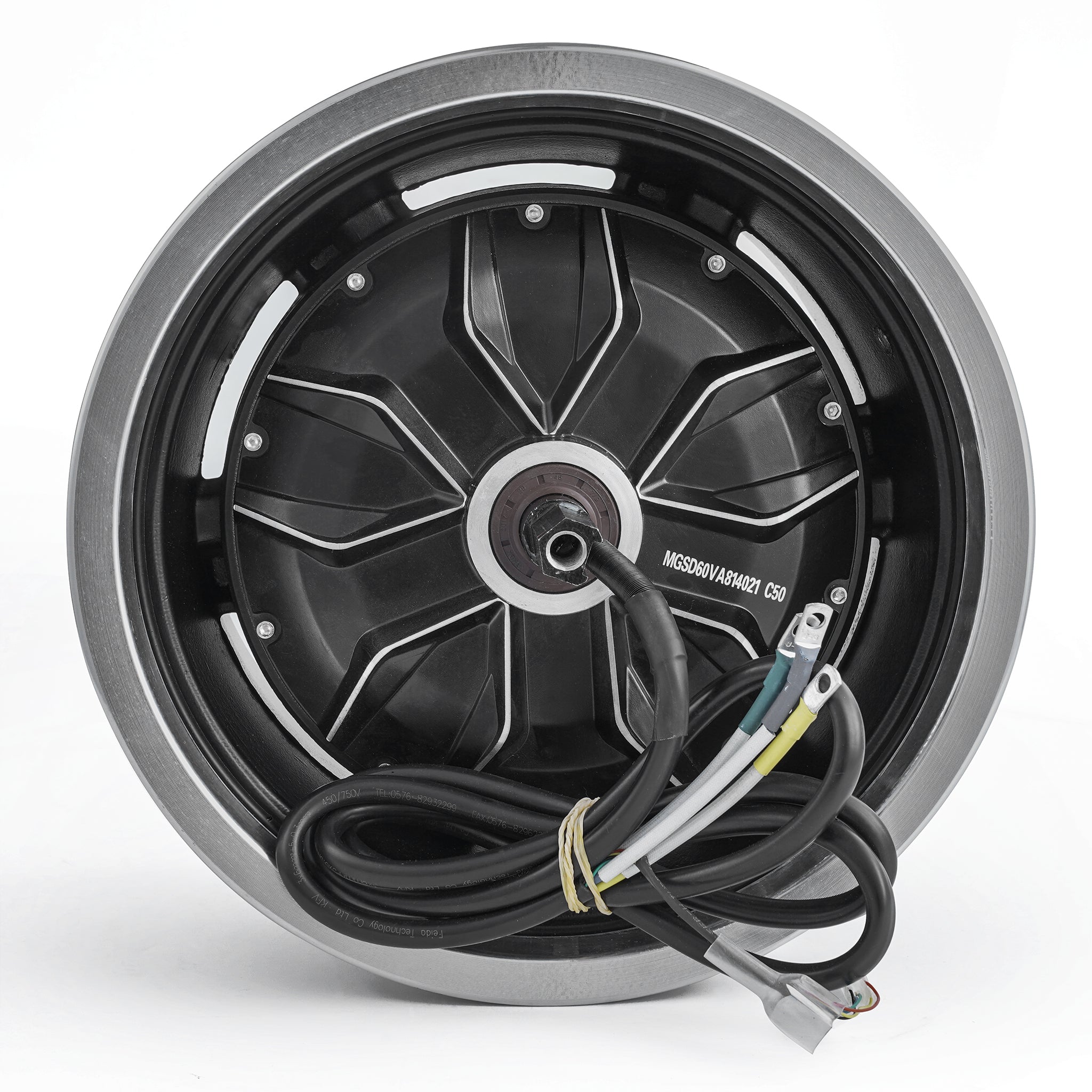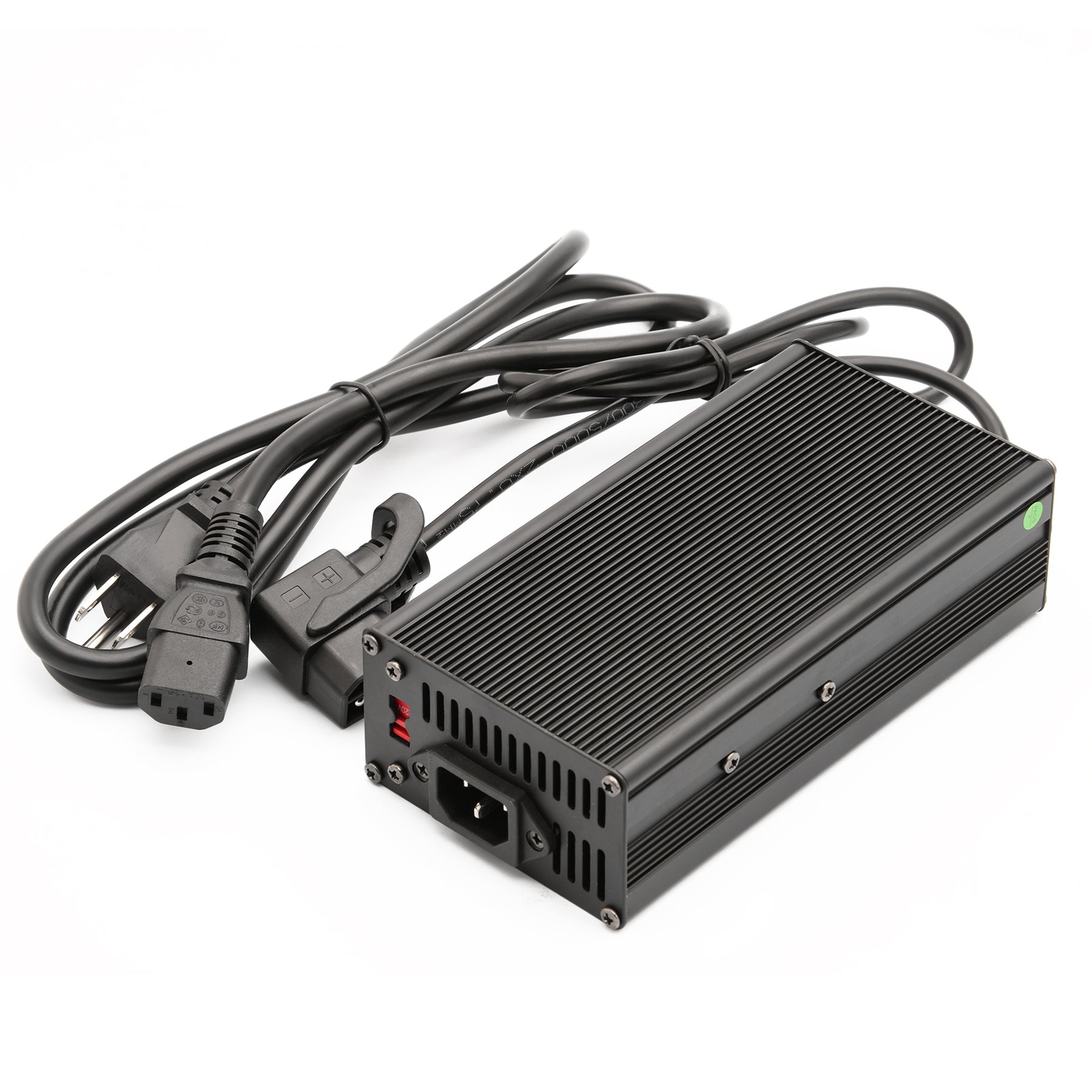E-scooters are available with two different types of batteries: lithium-ion and lead. Lithium-ion batteries are better than lead batteries. You can charge them more often, they are lighter and can withstand very low or high temperatures better.
Electric scooters with lead batteries are also few for sale. With a second-hand e-scooter, you are more likely to encounter lead batteries.
Battery life
To be able to use your battery for as long as possible, it is important to pay attention to a number of things. Firstly, that the battery capacity matches how you will use your electric scooter. For example, if you often drive longer distances, choose a battery that fits. This way you avoid having to charge the battery often.
You can also ensure that your battery stays good for as long as possible in daily use:
01 Avoid extreme temperatures (freezing cold or tropical temperatures).
Remove the battery from your e-scooter if your e-scooter is parked on the sidewalk in the summer or in the dead of winter.
02 Let the battery cool down before or after charging.
So do not try to put the scooter on the charger immediately after driving and do not drive away immediately after charging.
03 Do not run the battery completely empty and disconnect the battery when it has finished charging.
04 Not using the e-scooter for a while? Then make sure you store it with a well-charged battery.
05 Do not overload the battery: pay attention to the maximum weight that the e-scooter can handle and make sure that your tires are properly tensioned.
06 Most electric scooters use a lithium-ion (Li-Ion) battery.
For the sustainable use of these batteries, also see tips for e-bike batteries and general tips for charging Li-ion batteries.
As the battery reaches the end of its life, its performance will gradually decrease. The distance you can drive on a full battery becomes smaller and the top speed is more difficult to reach.

Replacing the battery
After a number of years, the battery of an electric scooter will have to be replaced. Even when the scooter is stationary, the battery will slowly decrease. You can charge the battery a maximum of a number of times. Exactly how often differs per type and brand of battery. Ask the dealer about this or get information from the battery manufacturer.
It is wise to ask about the costs of a separate battery when purchasing the scooter. An expensive electric scooter with a cheap separate battery can still be cheaper than a cheap model with an expensive separate battery. A battery can be pricey.
…some models have room for more than one battery? This way you can drive a lot further with your e-scooter!
How far can you get on an electric scooter?
How far you can drive on an electric scooter is also referred to as the range or range. With e-scooters, the range differs considerably per brand, model and battery. In a test by the ANWB from 2022, electric moped scooters (i.e. models up to 25 km per hour) were compared and the range ranged from 44 to 72 kilometers on one full battery charge.
Some models of e-scooters can have an extra battery, so that the range is increased. For example, the range can even be increased to 140 kilometers. That comes in the direction of an average petrol scooter (200 kilometers on a full tank).
The range of the e-scooter does not only depend on the battery. Just like with a petrol scooter, there are many other factors involved. Driving style, speed, weather, rider weight, and route all affect the distance you can travel with the e-scooter.

How energy efficient is an e-scooter?
How energy efficient an e-scooter is differs between brands and models. In the ANWB test from 2022, an electric moped scooter used an average of more than 2 kWh per 100 kilometers. In an old test by the ANWB from 2019, the most economical scooter (up to 45 km per hour) used more than 3.4 kWh per 100 kilometers. The least efficient from that test used almost 6 kWh per 100 kilometers.
You can calculate yourself how many kWh your electric scooter consumes per 100 kilometers. This way you can compare e-scooters on energy efficiency.
More information
There are more options for going electric. Read more about the electric bicycle and electric car.
In 2019, the ANWB conducted a test with 7 different electric scooters (up to 45 km per hour). You can read the results of this on the website of the ANWB. In 2022, the ANWB conducted a test with 8 different electric scooters (up to 25 kilometers per hour). You can also read these results on the site of the ANWB.
TNO investigated the emissions of petrol scooters in 2017. The results of that research can be found on the TNO site.







